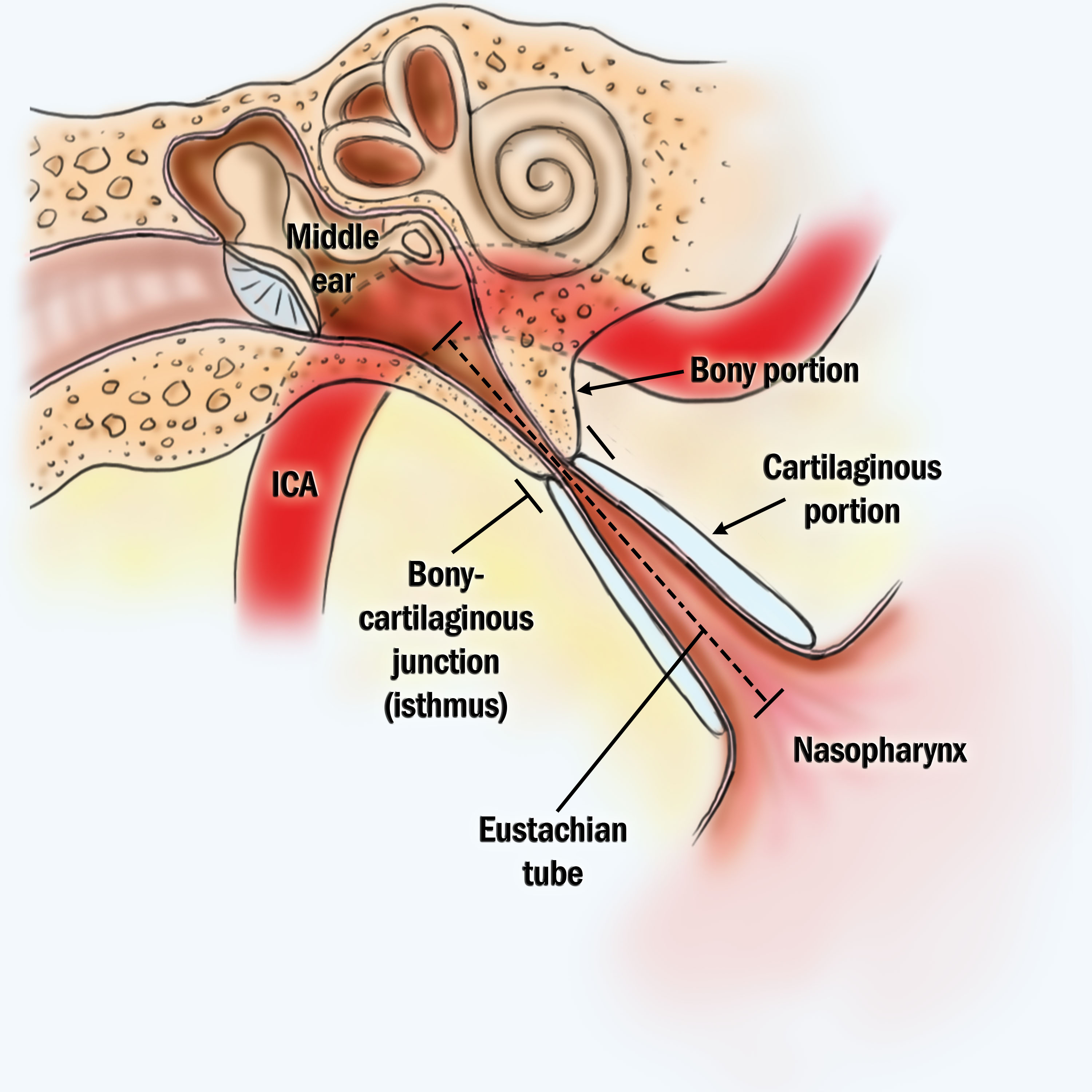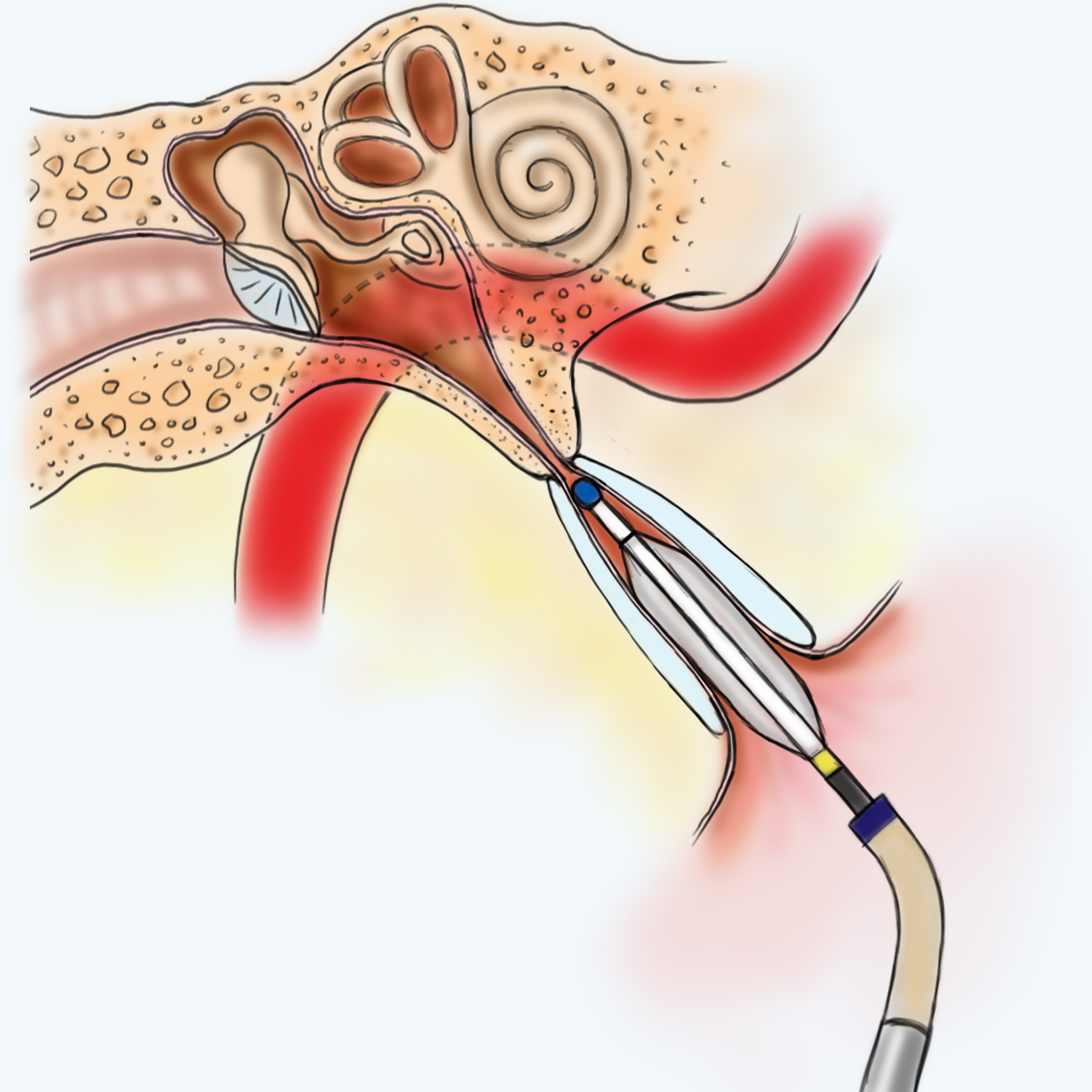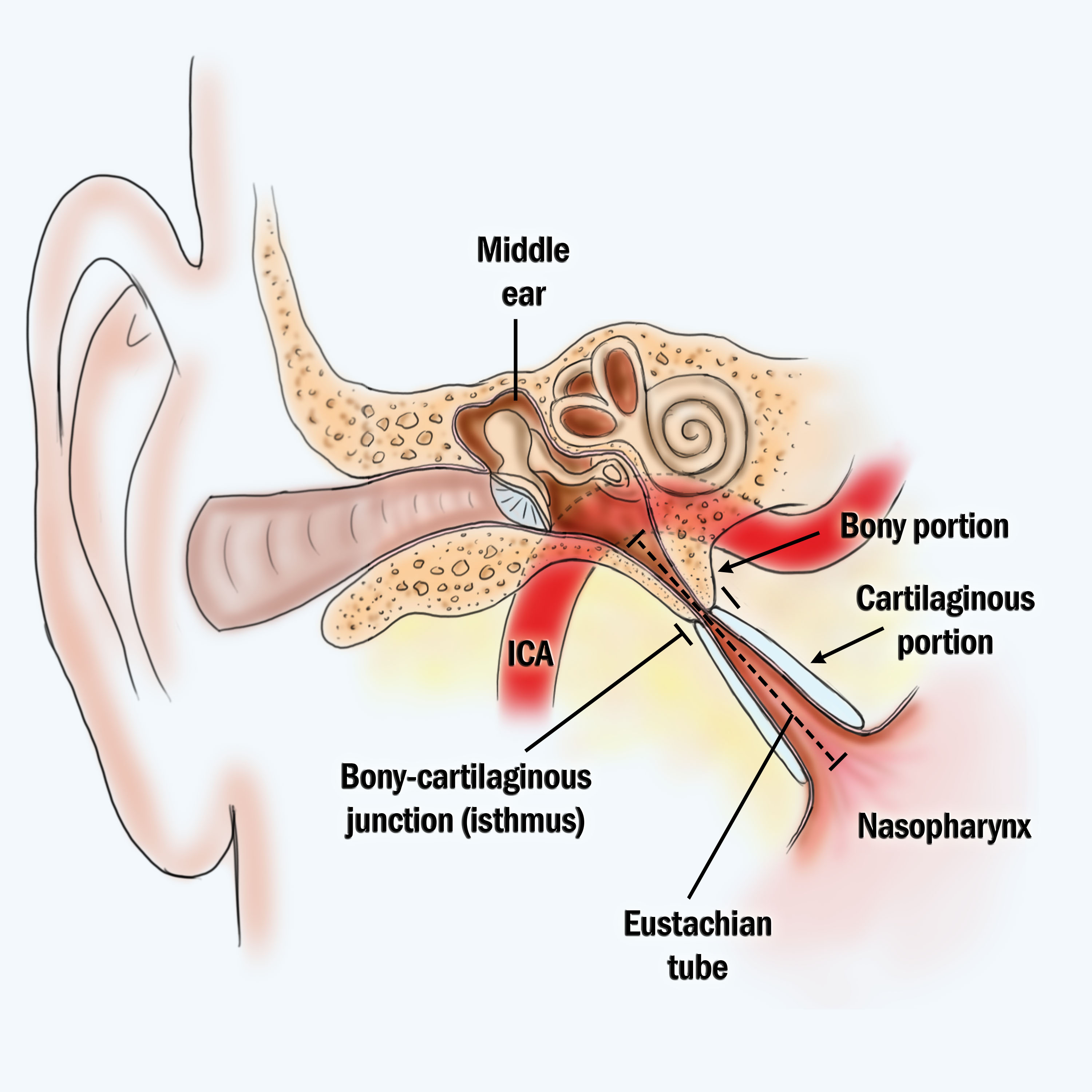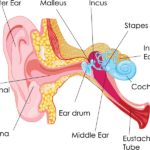Millions of children and adults are finding relief from painful chronic eustachian tube dysfunction thanks to a small, balloon-like device known as Eustachian Tube Balloon Dilation.
Doctor Marc Dean is one of the first otolaryngologists in the United States to use the newly approved Aera system by Acclarent. In medical studies, the Eustachian Tube Balloon Dilation procedure has shown to drastically reduce the need for ear tubes and other ear surgeries.



What is Eustachian Tube Dysfunction, and what are the Symptoms?
Ear problems are the most common medical complaint of airplane travelers, and while they are usually simple, minor annoyances, they may result in temporary pain and hearing loss. Make air travel comfortable by learning how to equalize the pressure in the ears instead of suffering from an uncomfortable feeling of fullness or pressure.

When the eustachian tube is blocked from a cold or sinus, nose or ear infection, air can no longer pass through. Stuffy ears and noses, hearing loss, ear pain, and pressure, as well as ringing in the ears (tinnitus) can result.
The eustachian tube is the main connection between the back of the throat and the middle of the ear. Normally, the tube is filled with air and opens when yawning or chewing.
Blocked eustachian tubes can be relieved by nasal sprays and antihistamine tablets, which reduce inflammation and congestion. Recurrent Eustachian tube dysfunction requires the surgical placement of tubes in the eardrum, which allows pressure to equalize in the middle ear. Now that the FDA has approved the Aera system, children, and adults with chronic Eustachian tube dysfunction can opt for a simple, 10-minute procedure instead.
Eustachian Tube Dysfunction and Air Travel
The most common complaint of air travelers is ear pain, and while they’re usually simple, minor annoyances, they can result in temporary pain and hearing loss. During air travel pressure rapidly changes based on takeoff and landing. To maintain comfort, the Eustachian tube must open frequently and wide enough to equalize the changes in pressure. Individuals with Eustachian Tube Dysfunction may be unable to clear the pressure within the ear, causing pain and discomfort.
